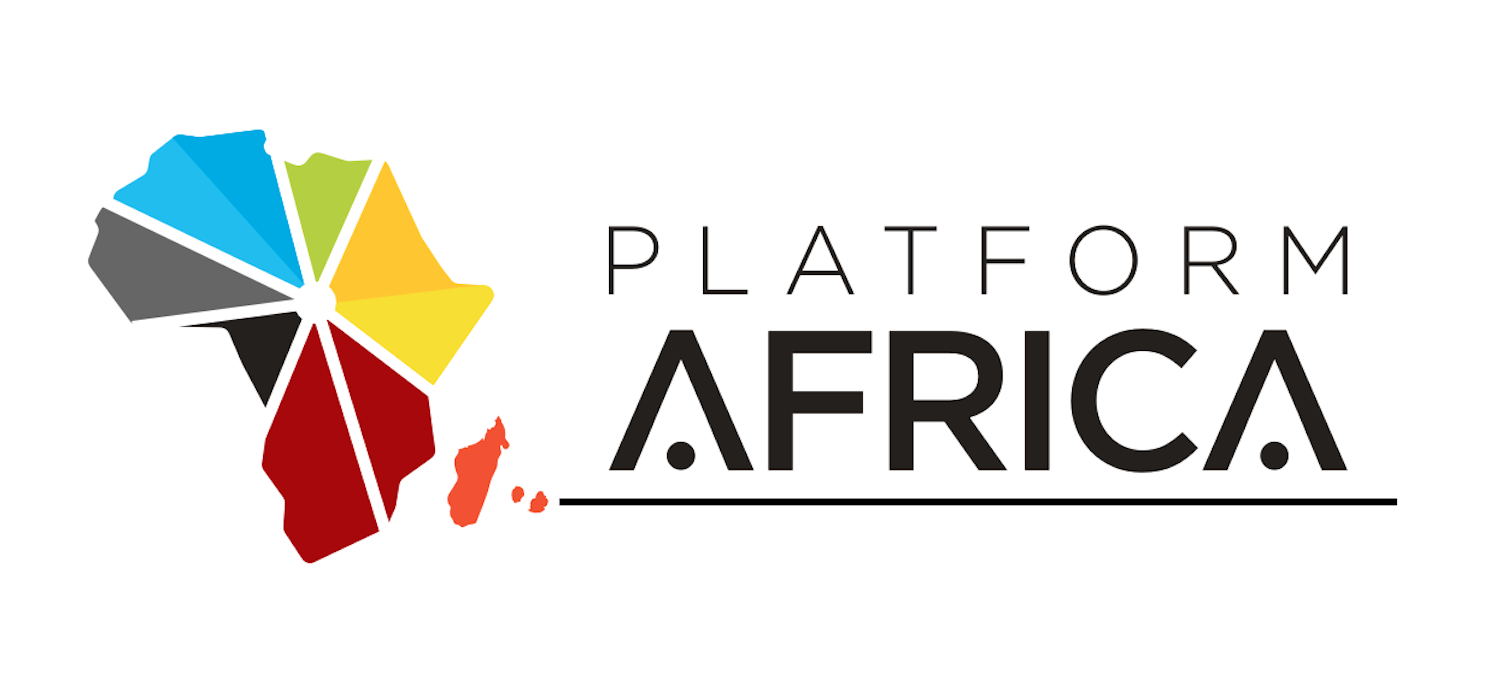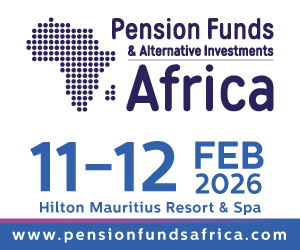“The ten largest NO2 point sources identified in Africa are all thermal power stations, with nine in South Africa owned by ESKOM and the tenth in Côte d’Ivoire”.
Egypt, Nigeria, and South Africa have emerged as Africa’s most polluted countries in terms of air pollution disease burden, with profound health consequences for Africa’s people and exacerbated impacts on climate change, a report prepared by Greenpeace Africa and Greenpeace MENA can now reveal.
Titled “Major Air Polluters in Africa Unmasked,” the report investigates the biggest human sources of air pollution across Africa, focusing on major industrial and economic sectors, including the fossil fuel industry. Every year in Africa, as many as 1.1 million premature deaths have been linked to air pollution.
Dr Aidan Farrow, Senior Scientist at the Greenpeace Research Laboratories said, “In many parts of Africa a lack of air quality monitoring has allowed pollution to remain hidden. However, there is abundant evidence that African nations face a serious public health crisis from air pollution. The root causes of this crisis are the air pollutant emitters. Data from satellites and even fuel sales in each country allow scientists to investigate emission sources. These data point towards the biggest hotspots, the biggest contributions to pollution and who is responsible for them. The data are clear, areas like Mpumalanga in South Africa, where coal burning for electricity is a major industry, really stand out.”
The report found that Africa is home to some of the worst nitrogen dioxide and sulphur dioxide hotspots in the world, all of which are primarily linked to thermal power plants. The report also found that Eskom, a public utility company that has the government of South Africa as its sole shareholder, operates many of the most polluting plants in South Africa.
Key findings compiled by the report include:
- Exposure to air pollution is the second leading risk factor for death in Africa (HEI 2022), and achieving World Health Organization guidelines could result in significant gains in life expectancy.
- Pollutant emissions lead to a considerable number of premature deaths in Africa. Egypt, Nigeria, and South Africa consistently exhibit large disease burdens, with the highest mortality linked to fossil fuel air pollution in these nations.
- Six of the world’s ten largest NO2 emission hotspots identified were found in Africa, all in South Africa.
- Two of the world’s ten largest SO2 emission hotspots identified are in South Africa.
- Of the ten largest SO2 point sources identified in Africa, nine are thermal power stations, and one is linked to a smelter complex in Mali. Four of the power plants are located in South Africa owned by ESKOM, two in Morocco and Egypt, and one in Zimbabwe.
- Health impact studies suggest that life expectancy could be improved by up to 3 years in some African nations if air quality met WHO guidelines.
According to the World Health Organisation, exposure to air pollution, including nitrogen dioxide and sulfur dioxide, can cause both short- and long-term health problems. These include heart and lung diseases, pregnancy problems, kidney issues and cancer.
“We urgently call upon North African governments to adopt the report’s recommendations particularly the installation of air quality monitors and ensuring access to real-time data. This proactive approach empowers affected communities to address their governments for action, to take charge of their well-being, make informed decisions, and collectively work towards cleaner and healthier environments” stresses Sarra Ben Abdallah, Greenpeace MENA Campaigner.
“For too long, the people of Mpumalanga have borne the burden of South Africa’s coal dependency, not just in the air we breathe but in the opportunities we’re denied. The pollution from coal plants like those operated by Sasol in our region has not only tarnished our health, leading to failed health assessments and chronic diseases, but it has also clouded our future, leaving us jobless as companies opt to hire from outside, citing our ‘unfitness’ for work. This report by Greenpeace sheds light on our struggle, linking every breath of polluted air to the systemic injustice that fuels unemployment and health disparities in Secunda,” said Fana Sibanyoni, an activist from the Mpumalanga region.
The report presents recommendations to address the critical issue of air pollution in Africa, emphasising the need for investment in clean technologies, especially in the energy sector. International institutions share a significant responsibility in sustainably developing the African continent.
Many of the causes of air pollution, such as the combustion of oil, coal, and gas, are also sources of greenhouse gas emissions. Policies aimed at reducing air pollution, therefore, offer a win-win strategy for both climate and health.




